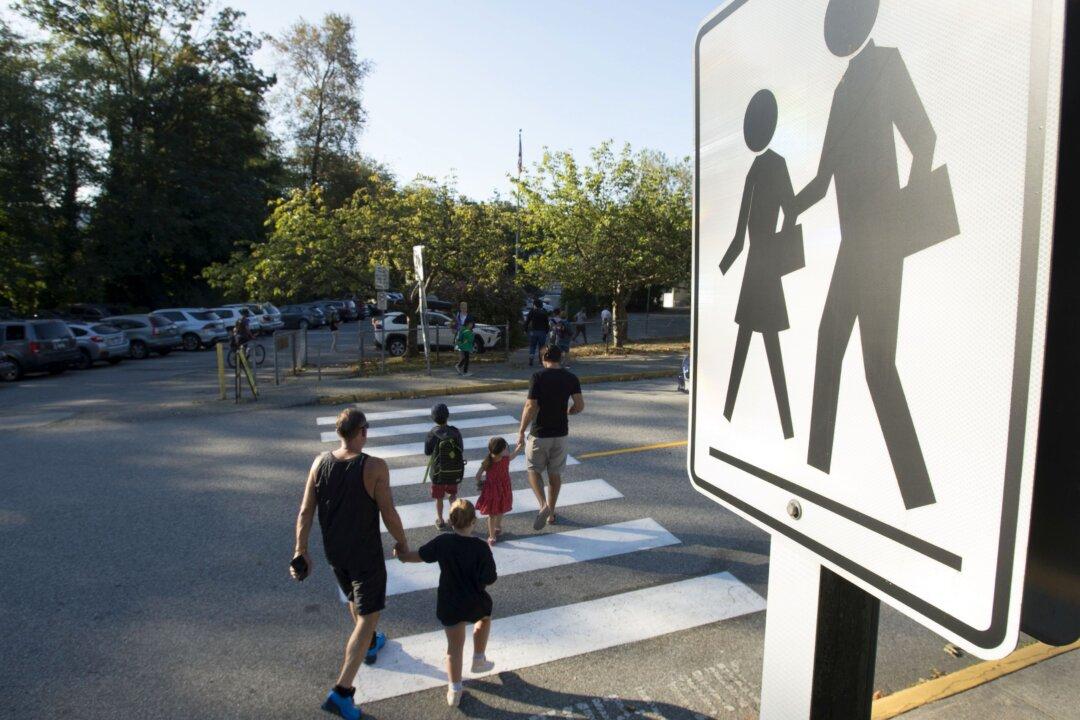Commentary
A boy of 14, wearing a shirt with a Star of David, is followed through a Canadian high school. A dozen girls, wearing Palestinian headscarves and face paint, scream “Free Palestine!” as they follow him to the cafeteria, Hamas flags aloft.

A boy of 14, wearing a shirt with a Star of David, is followed through a Canadian high school. A dozen girls, wearing Palestinian headscarves and face paint, scream “Free Palestine!” as they follow him to the cafeteria, Hamas flags aloft.